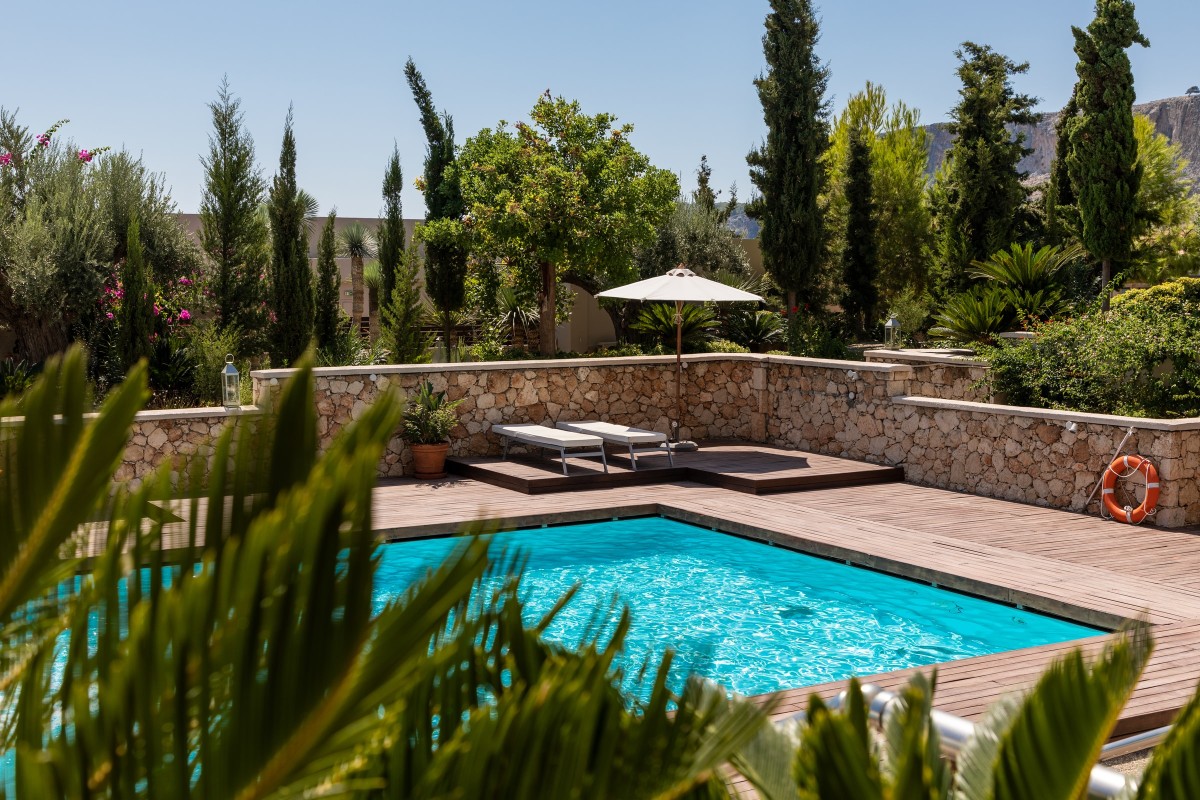
"The response of the demand in the real estate market after the coronavirus health crisis depends on several factors such as the development of the 'de-escalation' phases, the financial situation of the potential buyers, the employment figures, the impact on the investment, etc. However, what is certain is that housing needs have changed and, as a result of the confinement period , other priorities have emerged to be considered when buying a new property". This is the outlook provided from the latest study by the real estate company Solvia, which ensures that changes are coming to the real estate market in both the main residence and second home sector.
In the study, it is highlighted that small houses on the beach are losing their appeal as ideal second homes and the demand for inland or coastal homes in which the owner can spend a good part of the year and in which there is sufficient space for teleworking is growing.
"The success of working from home has made second homes an alternative not exclusively to be enjoyed at the weekends or during the holidays. Now, thanks to the foreseeable increase in the implementation of distance working during the return to the "new normal", this type of property will take on greater importance. Above all, this summer, after several months of quarantine, owners will go to their second homes to enjoy the good weather in the summer season, while being able to work if necessary", says the study.
And it adds that "this increase in use will mean that the traditional aspects that were previously taken into account when assessing whether to buy a second home will be modified, giving rise to the need for more space, rooms to work in, natural light or extras".
In this scenario, the experts at Solvia have summarised what the main interests and motivations will be from now on in the search for a second property in Spain:
Less of the beach and more spacious apartments with space to work
Solvia recalls that, traditionally, second homes on the coast are usually small properties of no more than 50m2 and with one bedroom. However, priorities are changing and buyers will want to have a larger surface area, flexibility and, above all, open rooms, which "will not only provide a greater sensation of spaciousness, but will also increase the luminosity of the home and help to create more welcoming environments". In addition, the company believes that from now on, second homes will also include rooms that can be adapted as a work space, play room or relaxation area, both in coastal properties and in rural areas.
Carefully designed and customised decoration
Another of the trends highlighted by the study is that the recycling of furniture and decorative objects from the main home or family donations is coming to an end. As a result, it is predicted that "the design of the second home will take on a personality of its own and the expenditure on their decoration will be greater than before, as the aim is to enjoy them much longer".
Exterior space is a must
The study stresses that "after weeks of confinement, future buyers will value having outdoor spaces (balconies, terraces, patios, small gardens) much more than before. These types of housing extras have multiple advantages: the possibility of doing exercise outdoors at home, planting a small garden and organising family gatherings amongst other options. This is something that will also be transferred to second homes.
A commitment to natural light and energy efficiency
Another of the changes is all about natural light. Although natural lighting has not been a top priority in second homes until now, it is now taking centre stage because of its influence on physical and mental health, and because it encourages concentration when working, as well as reducing electricity costs.
In addition, there is also growing interest in buildings that are energy-efficient and have good soundproofing. In this sense, the Solvia study emphasises that "now that you are going to spend more time in this 'second home', saving money and reducing energy usage will take greater prominence. This will include the importance of having solutions such as low-consumption appliances, thermal insulation, intelligent technology with location or programmable systems. The installation of acoustic insulation systems will also grow in order to guarantee the best possible indoor comfort environment".
A commitment to materials that protect against pollution
Finally, the study concludes that "the type of construction material and its quality is another element of the criteria that will affect the choice of a new home. The fact that people are staying at home for longer periods of time has led to increased concern about pollution in closed spaces, a consideration that will also be reflected in second homes. For this reason, now more than ever, it will be highly valued if a property is made from natural, toxic-free and harmless materials. Likewise, the use of products (such as plaster and paint) capable of degrading odours and substances harmful to health will increase".